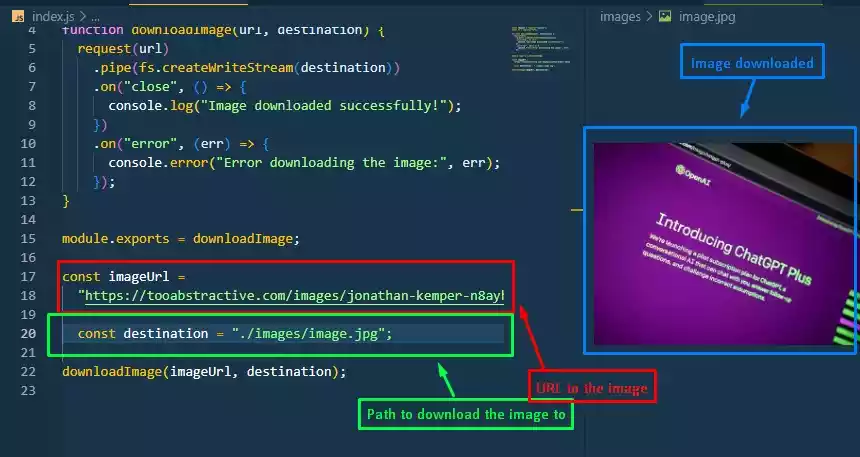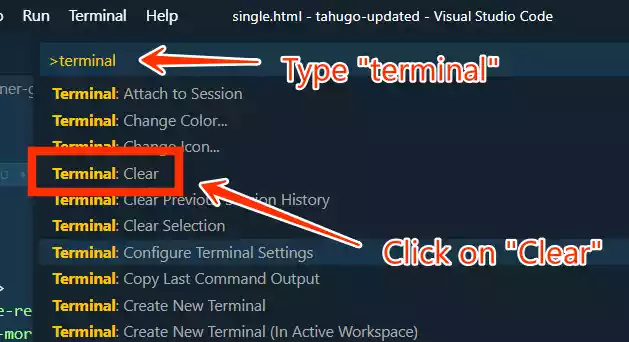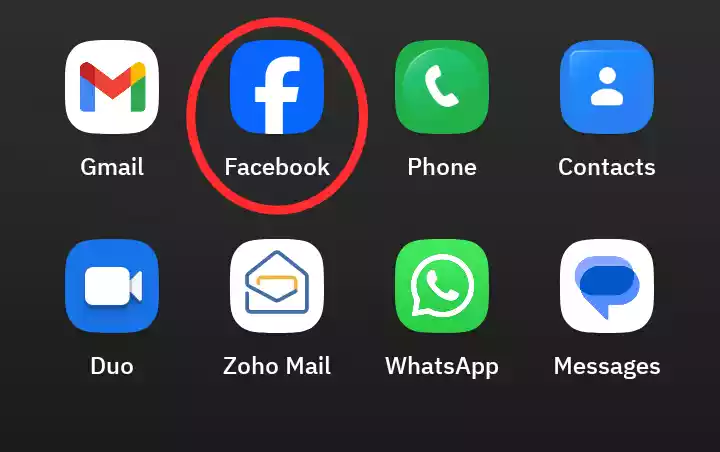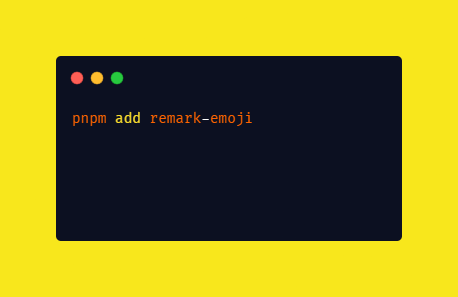Where Does ChatGPT Get Its Data From?
Artificial intelligence (AI) has revolutionized various aspects of our lives, and one of its notable advancements is the development of conversational AI chatbots like ChatGPT.
These chatbots have become increasingly sophisticated, capable of generating human-like responses to user inputs.

But have you ever wondered where ChatGPT gets its data from to provide such insightful and contextually relevant answers?
In this article, we will delve into the data sources that fuel ChatGPT’s knowledge and explore the methods employed to ensure its accuracy and reliability.
Key Terminologies
Before we delve deeper into ChatGPT’s data sources, let’s briefly define some key terminologies to provide a better understanding of the underlying technologies.
Artificial Intelligence (AI)
AI, refers to the simulation of human intelligence in machines. It enables machines to perform tasks that typically require human-like intelligence, such as speech recognition, decision-making, language translation, and problem-solving.
Natural Language Processing (NLP)
Natural Language Processing (NLP) is a subfield of AI that focuses on the interaction between computers and human language, enabling machines to understand and process text or speech.
Machine Learning
Machine Learning is a subfield of AI that allows machines to learn from data without explicit programming.
Machine learning algorithms identify patterns in data through the training process and utilize those patterns to make predictions on new, unseen data. It includes techniques like supervised learning, unsupervised learning, and reinforcement learning.
ChatGPT Overview
ChatGPT is a state-of-the-art language model based on the GPT (Generative Pre-trained Transformer) architecture. It excels in natural language understanding and generation, making it an ideal candidate for conversational applications.
ChatGPT is designed to generate text based on given prompts, allowing users to have interactive conversations with the model.

Read on: Is Google Bard Better Than ChatGPT?
Note:
ChatGPT is not connected to the internet, and sometimes can produce incorrect answers or texts.

The GPT Architecture
The GPT architecture forms the backbone of ChatGPT and has undergone several iterations. The initial version, GPT-1, paved the way for subsequent advancements, including GPT-2, GPT-3, GPT-3.5, and the recently announced GPT-4.
Read more on: Difference between GPT-1, GPT-2, GPT-3/3.5 and GPT-4
Each version has brought significant improvements in terms of model size, training data, and overall performance.
Read more on: What version of GPT is ChatGPT using?
Training Data for ChatGPT
The effectiveness of a language model like ChatGPT heavily relies on the quality and diversity of its training data.
OpenAI has meticulously curated a large and diverse dataset comprising various sources, ensuring that ChatGPT learns from a wide range of information.
Here are the primary sources from which ChatGPT acquires its data:
1. Books and Articles
ChatGPT’s training dataset includes a vast collection of books and articles covering numerous topics. By analyzing this extensive written material, ChatGPT gains a deep understanding of various domains, including literature, science, history, technology, and more.
This broad knowledge base allows ChatGPT to provide insightful and well-rounded responses.
2. Wikipedia and Scientific Journals
Another crucial source of information for ChatGPT is Wikipedia, the popular online encyclopedia. Wikipedia articles provide a wealth of factual data and detailed explanations on a wide array of topics.
In addition, scientific journals contribute research papers and scholarly articles, expanding ChatGPT’s knowledge in scientific and academic fields.
3. Code Repositories
To enhance its understanding of programming languages and technical concepts, ChatGPT incorporates data from code repositories.
By analyzing code snippets, documentation, and discussions related to programming, ChatGPT can offer assistance and insights on coding-related queries and challenges.
4. Social Media Posts
As social media has become a pervasive part of our lives, it plays a significant role in shaping discussions and disseminating information. ChatGPT considers data from social media platforms, including public posts and discussions, to understand contemporary trends, opinions, and informal language usage.
This exposure to social media data helps ChatGPT generate responses that resonate with users in conversational settings.
5. Blogs and Online Forums
Blogs and online forums serve as valuable sources of user-generated content. ChatGPT’s training data includes blog posts, forum threads, and discussions covering a wide range of topics.
Incorporating these sources allows ChatGPT to learn from real-world conversations, informal language patterns, and diverse perspectives.
Data Selection and Curation
OpenAI follows a rigorous process to select and curate the training data for ChatGPT. The dataset is carefully reviewed and filtered to ensure high-quality information.
OpenAI strives to avoid favoring any particular group, ideology, or bias in the training data, promoting fairness and inclusivity.
The curation process plays a crucial role in shaping ChatGPT’s knowledge and ensures that it adheres to community guidelines and ethical standards.
ChatGPT Capabilities and Use Cases
ChatGPT’s extensive training data empowers it to handle a wide range of topics and respond to diverse user inputs.
Whether it’s answering questions, providing explanations, offering suggestions, or engaging in casual conversations, ChatGPT showcases its versatility in various scenarios.
Some common use cases of ChatGPT include:
- Customer Support – ChatGPT can assist users in troubleshooting common issues, providing product information, and addressing customer queries.
- Education and Learning – ChatGPT can serve as a valuable learning companion, offering explanations, answering academic questions, and providing insights on various subjects.
- Content Generation – With its language generation capabilities, ChatGPT can assist in content creation, including writing articles, blog posts, and even creative writing.
- Personal Assistance – ChatGPT can act as a personal assistant, helping users with daily tasks, scheduling, reminders, and recommendations.
- Entertainment and Gaming – ChatGPT can engage users in interactive storytelling, create game narratives, and simulate characters for an immersive gaming experience.
Evolution and Updates
The field of AI and natural language processing is constantly evolving, and ChatGPT is no exception. OpenAI continually improves the model by incorporating user feedback, addressing limitations, and releasing updates.
These updates enhance the performance, accuracy, and user experience of ChatGPT, ensuring that it remains at the forefront of conversational AI technology.
Perplexity and Burstiness
Perplexity and burstiness are two important aspects to consider when generating content with ChatGPT.
It refers to the measure of how well the model predicts the next word in a sequence of text. A lower perplexity indicates that the model can generate more coherent and contextually appropriate responses.
On the other hand, burstiness refers to the model’s ability to produce creative and diverse responses that go beyond simple repetitions or clichés. By striking a balance between perplexity and burstiness, ChatGPT can generate engaging and informative content that captivates the reader’s attention.
Conversational Style and Engaging Content
To make the conversation with ChatGPT more enjoyable and relatable, it is essential to adopt a conversational writing style. By using an informal tone, personal pronouns, and active voice, the generated responses feel more human-like and relatable to the reader.
This conversational approach helps in building a connection with the user and makes the interaction more engaging and meaningful.
Additionally, incorporating rhetorical questions, analogies, and metaphors can enhance the clarity and understanding of the content. These linguistic devices provide relatable contexts and make complex concepts more accessible to the reader.
Conclusion
In conclusion, ChatGPT is an impressive conversational AI model that relies on a vast and diverse dataset for training. Its ability to generate contextually relevant responses is attributed to the wide range of sources it learns from, including books, articles, Wikipedia, code repositories, and social media posts.
OpenAI ensures that the training data is carefully curated, promoting responsible and ethical usage of AI technology.
As AI models like ChatGPT continue to evolve, it is important to critically evaluate their responses and consider the limitations and biases that may exist.
By understanding the data sources and the process behind ChatGPT’s training, users can engage in meaningful conversations and harness the potential of AI in various domains.
FAQs
- How does ChatGPT handle biased information? ChatGPT undergoes a careful curation process to minimize biases in its training data. However, biases may still exist. OpenAI is actively working to improve this aspect and encourages user feedback to address any issues promptly.
- Can ChatGPT understand multiple languages? ChatGPT primarily understands English, but it can provide basic assistance in some other languages. Its proficiency varies depending on the language, and English queries tend to yield the most accurate and reliable responses.
- Does ChatGPT learn from user interactions? While ChatGPT doesn’t retain specific user interactions, it learns from aggregated and anonymized user data to enhance its overall performance. User feedback plays a crucial role in the model’s evolution and improvement.
- Is ChatGPT capable of creative writing? ChatGPT has the ability to generate creative text and can assist in creative writing tasks. However, it is important to note that it is ultimately a language model and lacks true creative understanding or consciousness.
- How does OpenAI ensure privacy and security? OpenAI takes user privacy and data security seriously. Conversations with ChatGPT are treated as confidential and are not stored. OpenAI is committed to protecting user privacy and complying with data protection regulations.





